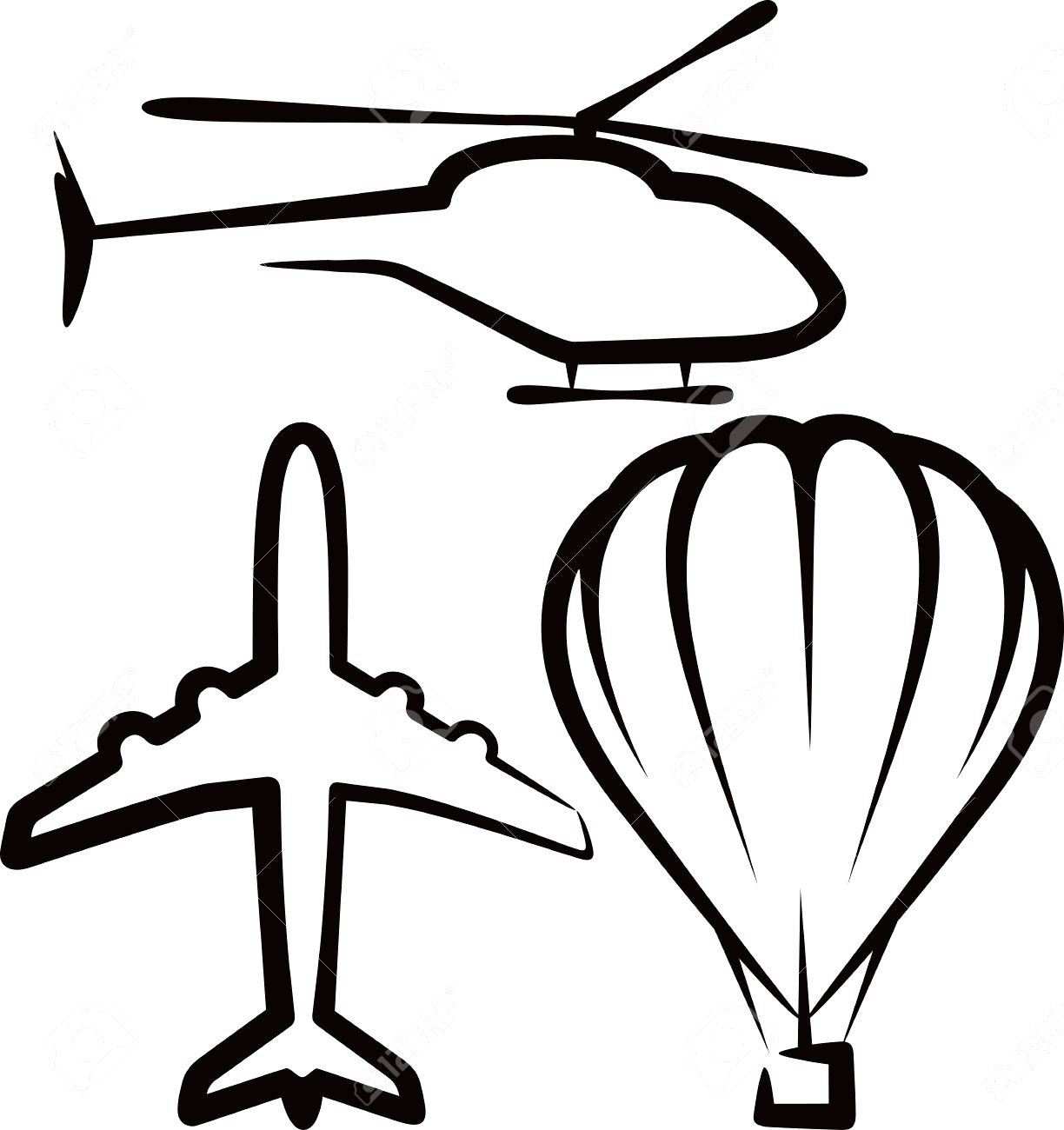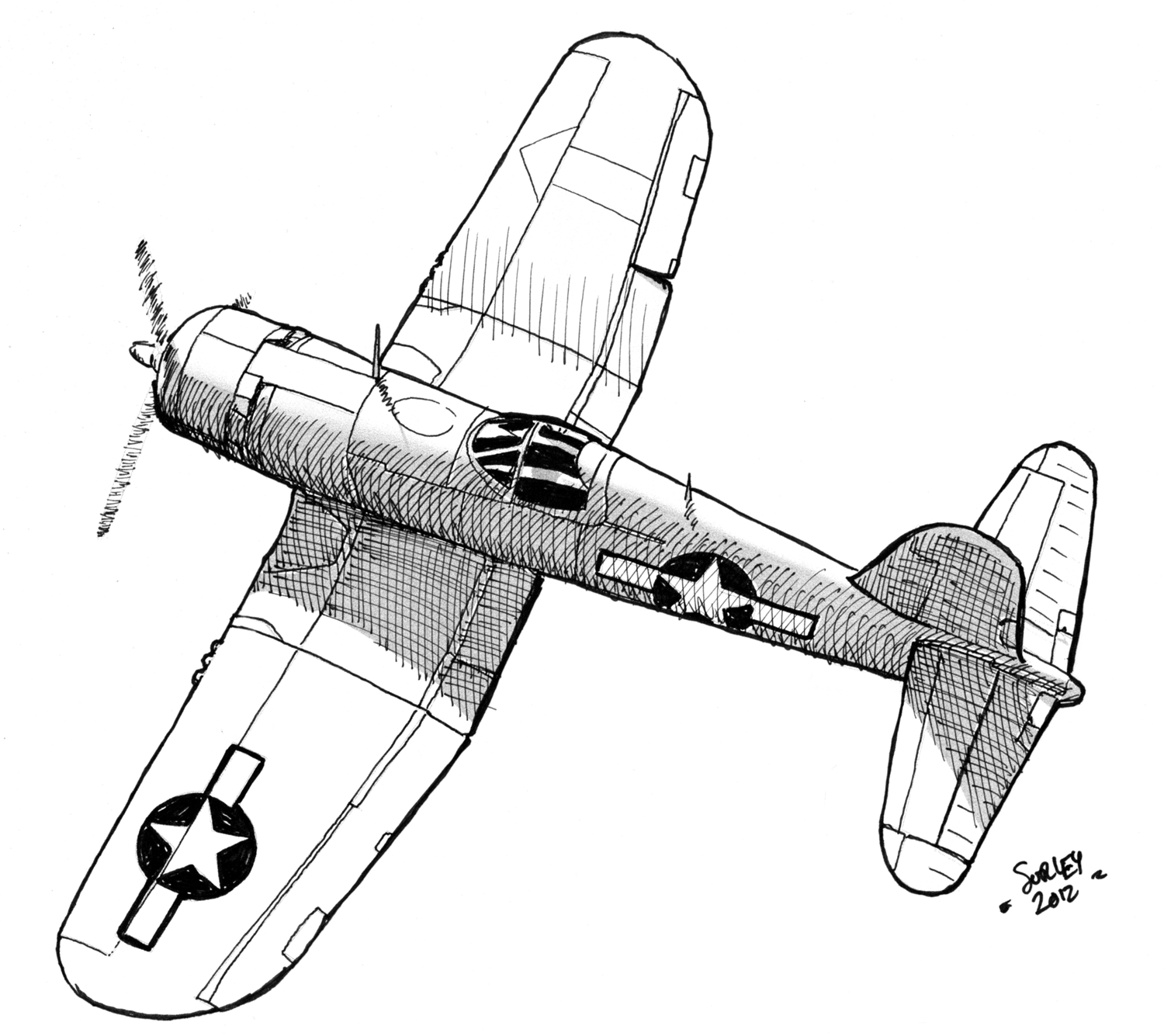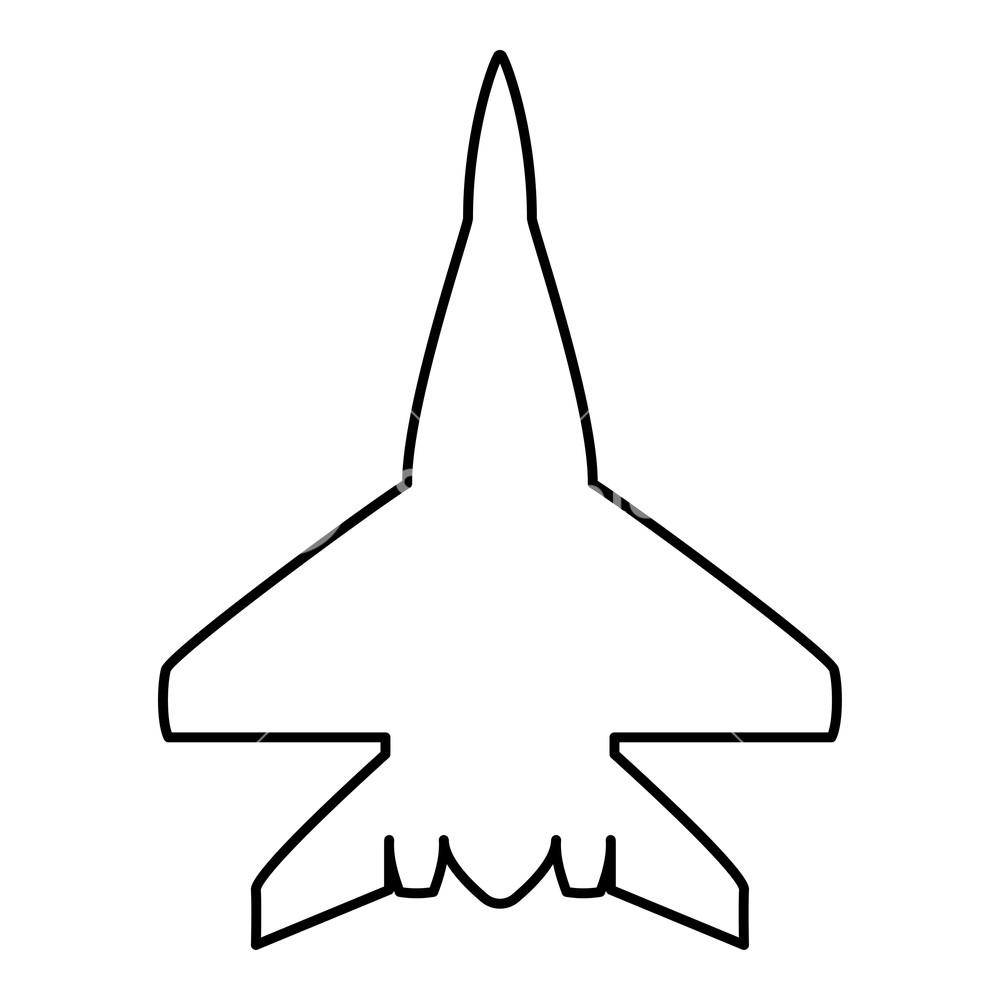

Create checksum require 'digest' size = entropy.length / 32 # number of bits to take from hash of entropy (1 bit checksum for every 32 bits entropy) sha256 = Digest:: SHA256.digest(.pack( "B*")) # hash of entropy (in raw binary) checksum = sha256.unpack( "B*").join # get desired number of bits puts "checksum: # remove new lines from end of each word # Convert mnemonic to binary string binary = "" mnemonic.split( " ").each do |word| i = wordlist.index(word) # get word index number in wordlist bin = i.to_s( 2).rjust( 11, "0") # convert index number to an 11-bit number binary true Note: A mnemonic phrase is usually between 12 and 24 words.

Tip: By adding 1 bit of checksum to every 32 bits of entropy, we will always end up with a multiple of 33 bits, which we can split up in to equal 11-bit chunks. Tip: An 11-bit number can hold a decimal number between 0-2047 (which is why there are 2048 words in the wordlist).

Next we split this in to groups of 11 bits, convert these to decimal numbers, and use those numbers to select the corresponding words. We then take 1 bit of that hash for every 32 bits of entropy, and add it to the end of our entropy. This checksum is created by hashing the entropy through SHA256, which gives us a unique fingerprint for our entropy. Now that we’ve got our entropy we can encode it in to words.įirst of all, we add a checksum to our entropy to help detect errors (making the final sentence more user-friendly). Do not use your programming language’s default “random” function, as the numbers it produces are not random enough for cryptography. # For real world use, you should generate 128 to 256 bits (in a multiple of 32 bits).Ĭaution: Always use a secure random number generator for you entropy. Generate Entropy # - require 'securerandom' # library for generating bytes of entropy bytes = SecureRandom.random_bytes( 16) # 16 bytes = 128 bits (1 byte = 8 bits) entropy = bytes.unpack( "B*").join # convert bytes to a string of bits (base2) puts entropy #=> "1010110111011000110010010010111001001011001001010110001011100001" # Note: For the purposes of the examples on this page, I have actually generated 64 bits of entropy.


 0 kommentar(er)
0 kommentar(er)
